Considering a +5V battery source, I have a set of input switches. These switches are push buttons which stay closed upon clicking and open upon clicking again.
One side of a switch is connected to the positive side of the battery while the other is connected to a pull-down resistor, 10 kΩ specifically, and my combinational circuit. This circuit contains 74LS-series DIP ICs.
With that set-up should I still consider debouncing my circuit or not?
I'm thinking whether this set-up can affect one of my sequential circuit which send pulses when one input is clicked with the use of XOR gates, capacitors and resistors.
